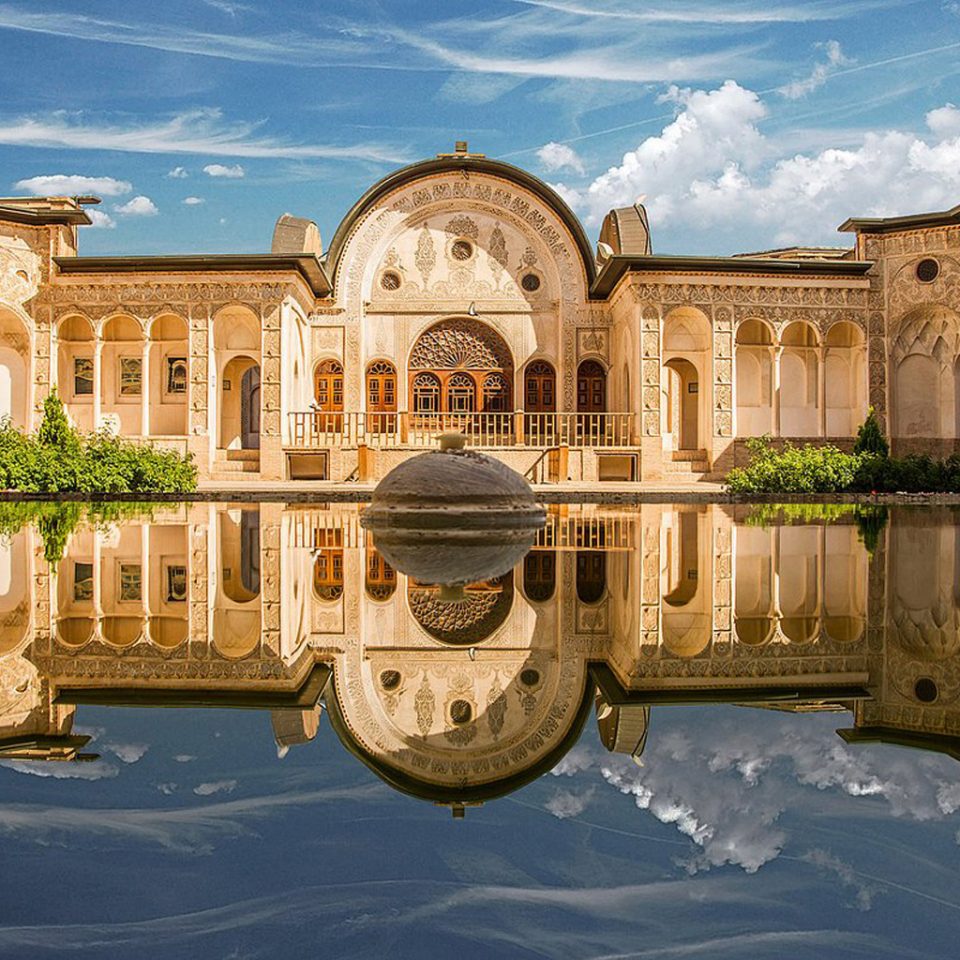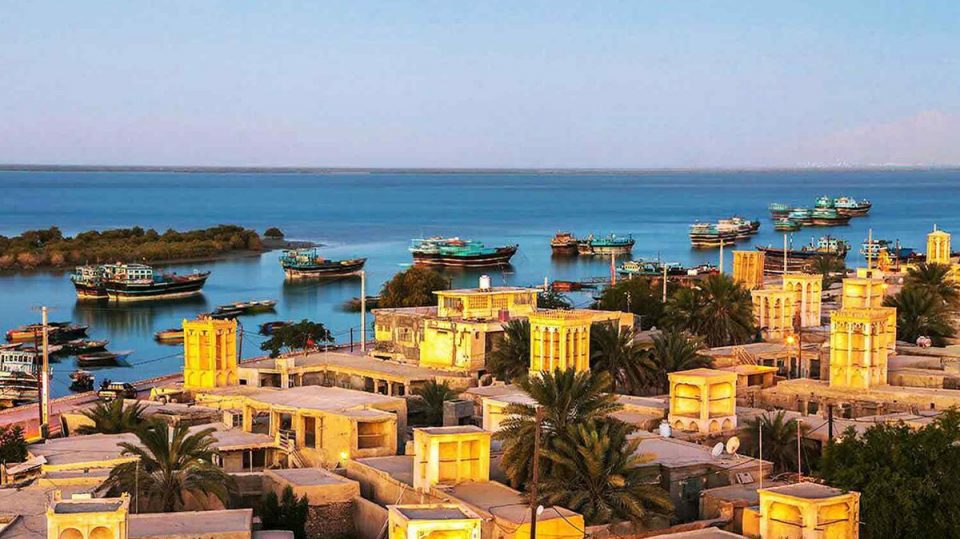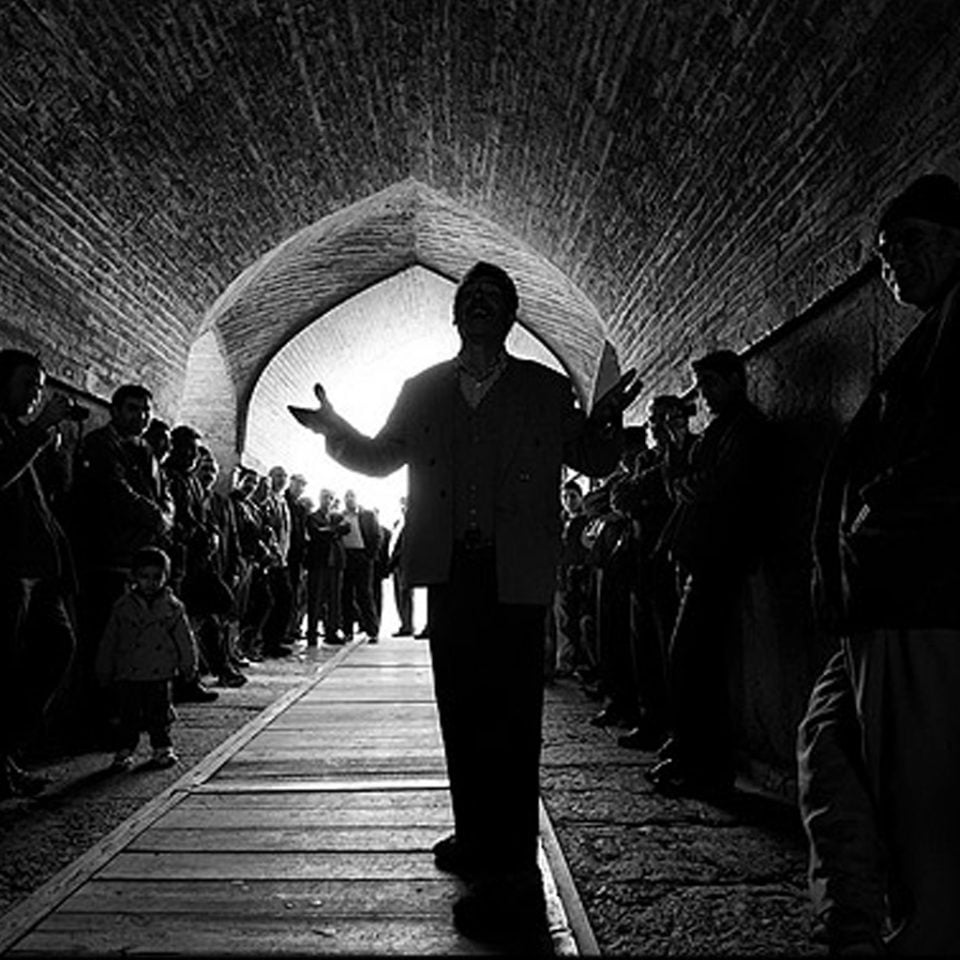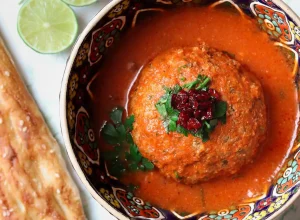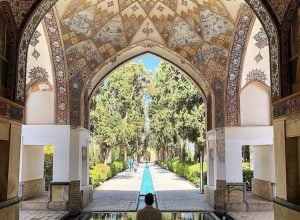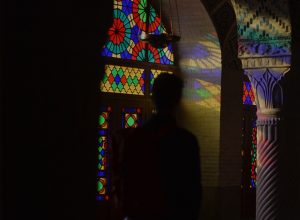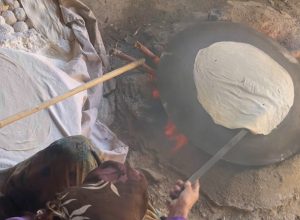Kashan, a desert oasis in central Iran, has a rich history of trade and commerce, and its merchant class was renowned for its wealth and extravagance. The Tabatabaiee House, a historic residence in Kashan, provides a glimpse into the opulence of this era. Built-in the late 19th century, the Tabatabaiee House is a masterpiece of Persian architecture and design, featuring intricate tilework, frescoes, and a lavish central courtyard.
The Tabatabaiee family were prominent merchants in Kashan, and their house was designed to showcase their wealth and status. The house spans over 4,000 square meters and consists of multiple courtyards, reception halls, and living quarters. Each room is decorated with intricate tilework and frescoes depicting scenes from Persian mythology, poetry, and history.
Table of Contents
History of Kashan, Iran
Kashan is an ancient city in Iran that has a rich history dating back over 7,000 years. Located in the province of Isfahan, it has been an important center of trade and culture in the region, particularly during the Seljuk, Safavid, and Qajar dynasties.
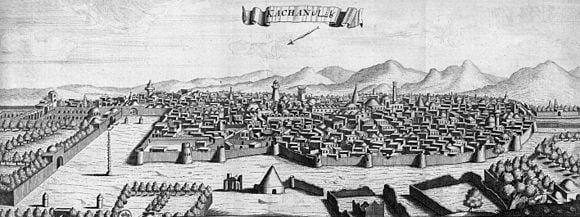
The city’s name is said to have originated from the word “Kashian,” which means “the place of treasures” in Persian. According to historical records, Kashan was once a major center of pottery and ceramics, and its artisans were renowned throughout the Islamic world for their exquisite creations.
In the 11th century, the Seljuk Turks established their capital in Kashan, and the city enjoyed a period of great prosperity and cultural flourishing. During this time, many magnificent mosques, madrasas, and other religious buildings were constructed in the city, including the Agha Bozorg Mosque and Madrasa, which is considered one of the finest examples of Islamic architecture in Iran.
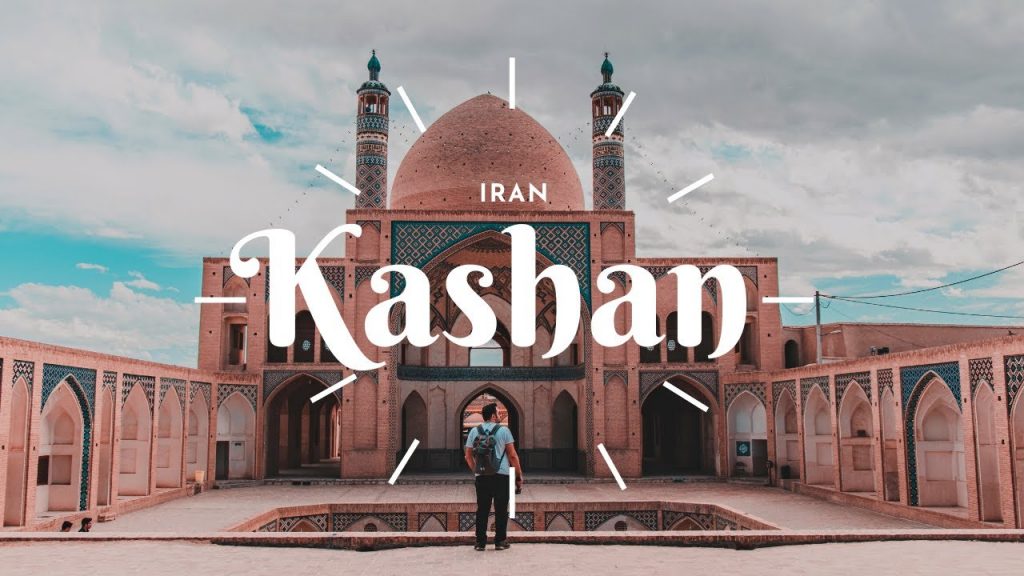
Kashan was also an important center of textile production, particularly silk, and velvet, and its weavers and dyers were famous throughout the region. The city’s position on the Silk Road, the ancient trade route connecting China to the Mediterranean, made it a hub of international commerce and cultural exchange.
During the Safavid era in the 16th century, Kashan became a center of carpet weaving, and its artisans produced some of the most beautiful and intricately designed carpets in the world. The city also became a major center of calligraphy, painting, and other fine arts, and many notable artists and writers of the time were drawn to its cultural and intellectual vibrancy.
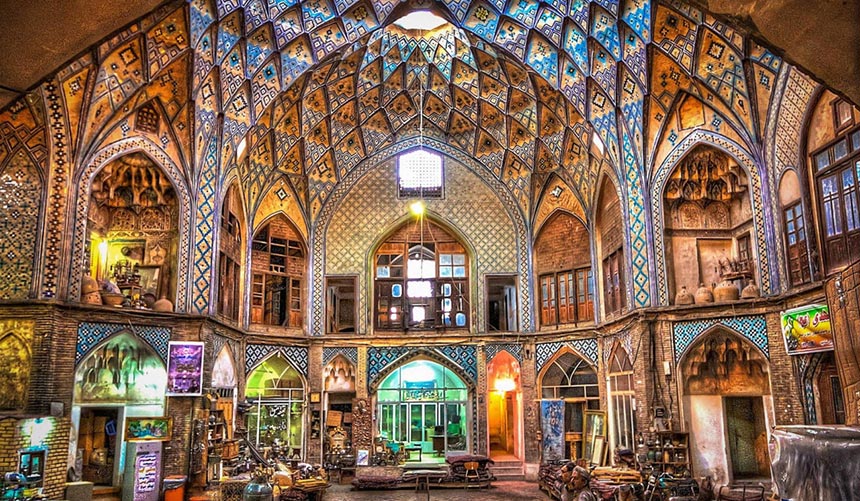
In the 19th century, Kashan was the site of several important battles during the Iranian Constitutional Revolution, in which the country’s people fought for greater political rights and democracy. The city played a key role in this movement, and its citizens were among the most active and vocal supporters of the revolution.
Today, Kashan is a thriving city that continues to be celebrated for its rich cultural heritage and stunning architecture. Visitors to the city can explore its many historical landmarks, such as the Fin Garden, the Tabatabai House, and the Sultan Amir Ahmad Bathhouse, and experience the vibrant and diverse culture of one of Iran’s most fascinating cities.
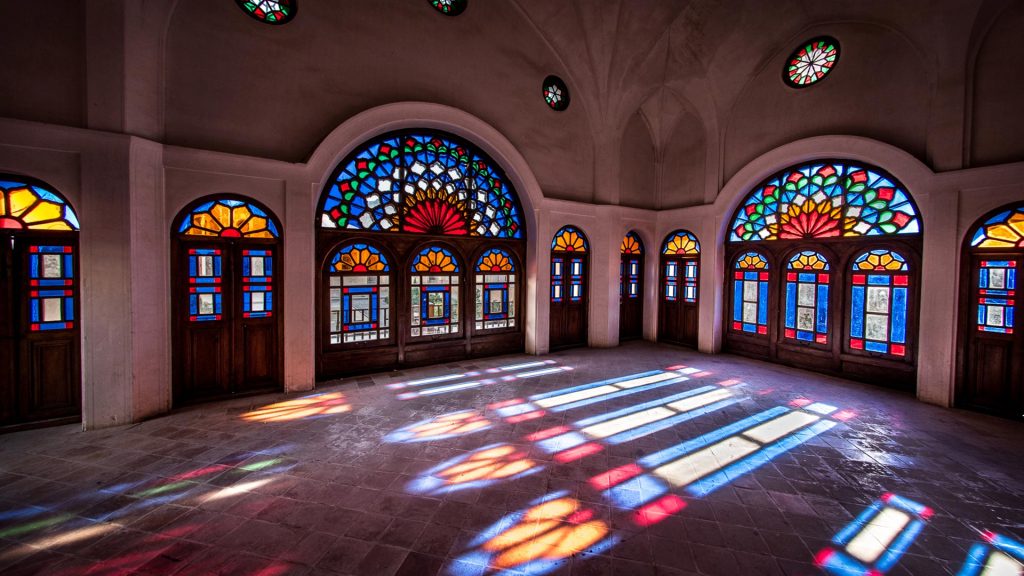
Tabatabaiee House, kashan
The most impressive feature of the Tabatabaiee House is its central courtyard. The courtyard is surrounded by a two-story arcade with columns made of pink stone, and the walls are adorned with colorful tiles and intricate geometric patterns. The courtyard is also home to a large pool with a fountain, providing a cooling oasis in the hot desert climate.
The Tabatabaiee House was designed with the needs of the family in mind, with separate quarters for men and women. The men’s quarters, located on the ground floor, consist of several reception halls for entertaining guests and conducting business. The women’s quarters, located on the upper floor, are more private and include a large salon, bedrooms, and a bathhouse.
The Tabatabaiee House also features several innovations in Persian architecture, such as the use of windcatchers to provide natural ventilation and a qanat, an underground irrigation system, to provide water to the house.
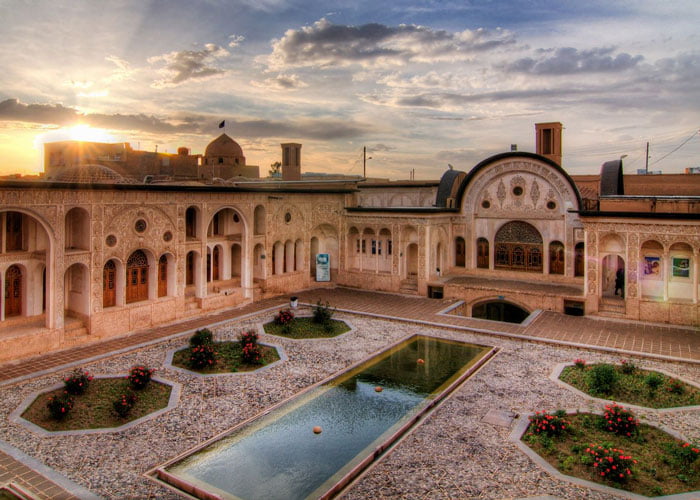
Today, the Tabatabaiee House is open to the public as a museum, allowing visitors to step back in time and experience the grandeur of Kashan’s merchant class. The museum features exhibits on the history and culture of Kashan, as well as demonstrations of traditional Persian arts and crafts such as carpet weaving and calligraphy.
Latest Video from Youtube Channel
Conclusion
In conclusion, the Tabatabaiee House is a masterpiece of Persian architecture and design, providing a window into the opulence and extravagance of Kashan’s merchant class. The house is a testament to the wealth and influence of the Tabatabaiee family, and their legacy lives on through the museum that now occupies their former residence. A visit to the Tabatabaiee House is a must for anyone interested in the history and culture of Iran.
